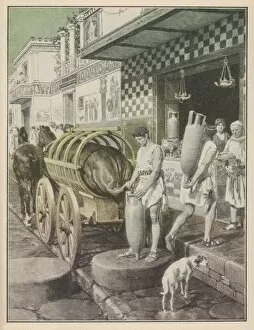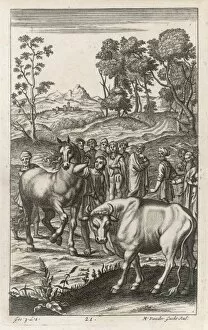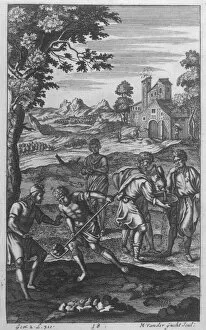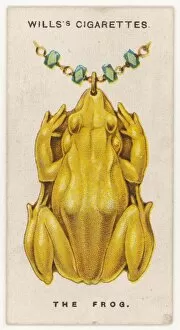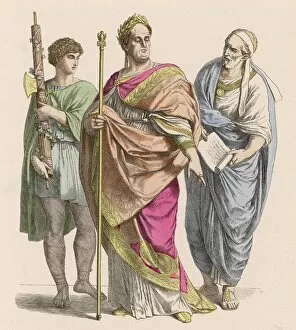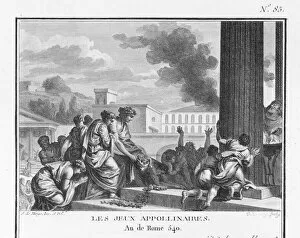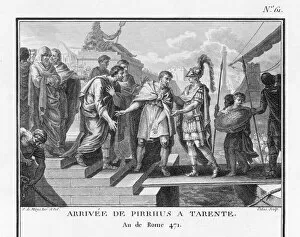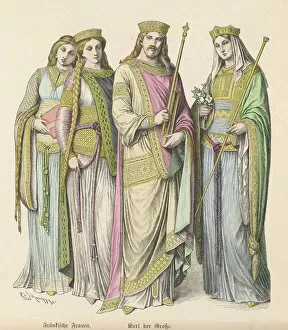Romans Collection (page 77)
"Exploring the Magnificence of Romans: From Emperors to Empires" Bust of the Roman emperor Marcus Aurelius (121-180 AD
For sale as Licensed Images
Choose your image, Select your licence and Download the media
"Exploring the Magnificence of Romans: From Emperors to Empires" Bust of the Roman emperor Marcus Aurelius (121-180 AD): A glimpse into the stoic wisdom and power that defined one of Rome's greatest emperors. Map of the Roman Empire: Unveiling the vast expanse and influence of an empire that shaped Western civilization for centuries. Garden Paintings from the so-called Villa of Livia: Discovering ancient Roman aesthetics through vibrant depictions of nature, offering a window into their appreciation for beauty. Roman Empire (4th c. AD). Scale model: Marveling at a miniature replica showcasing architectural wonders, reminding us how advanced and grandiose their cities were. Development of the English alphabet: Tracing back our language's roots to Latin script, highlighting Rome's lasting impact on modern communication systems. Queen Boudicca inciting Britons to revolt: Witnessing a fierce warrior queen rallying her people against Roman oppression, symbolizing resistance in history. LIBYA. TRIPOLI. Leptis Magna - Forum of Septimius Severus: Immersing ourselves in ruins that once thrived as centers for politics and commerce during Rome's golden age. Boy with horse (possible Castor I): Admiring a delicate marble relief capturing youthful innocence amidst equestrian prowess, reflecting artistic mastery in ancient times. Boadicea (As Forrest): Commemorating an iconic Celtic leader who defied Roman rule, embodying bravery and defiance against imperial forces. Hypnos, God of Sleep: Delving into mythology as we encounter Hypnos - personification of sleep - revealing Romans' fascination with divine beings governing every aspect of life. Roman mosaic depicting fish and octopus in Spain: Appreciating intricate artistry found underfoot, showcasing the Romans' attention to detail and love for marine life.

